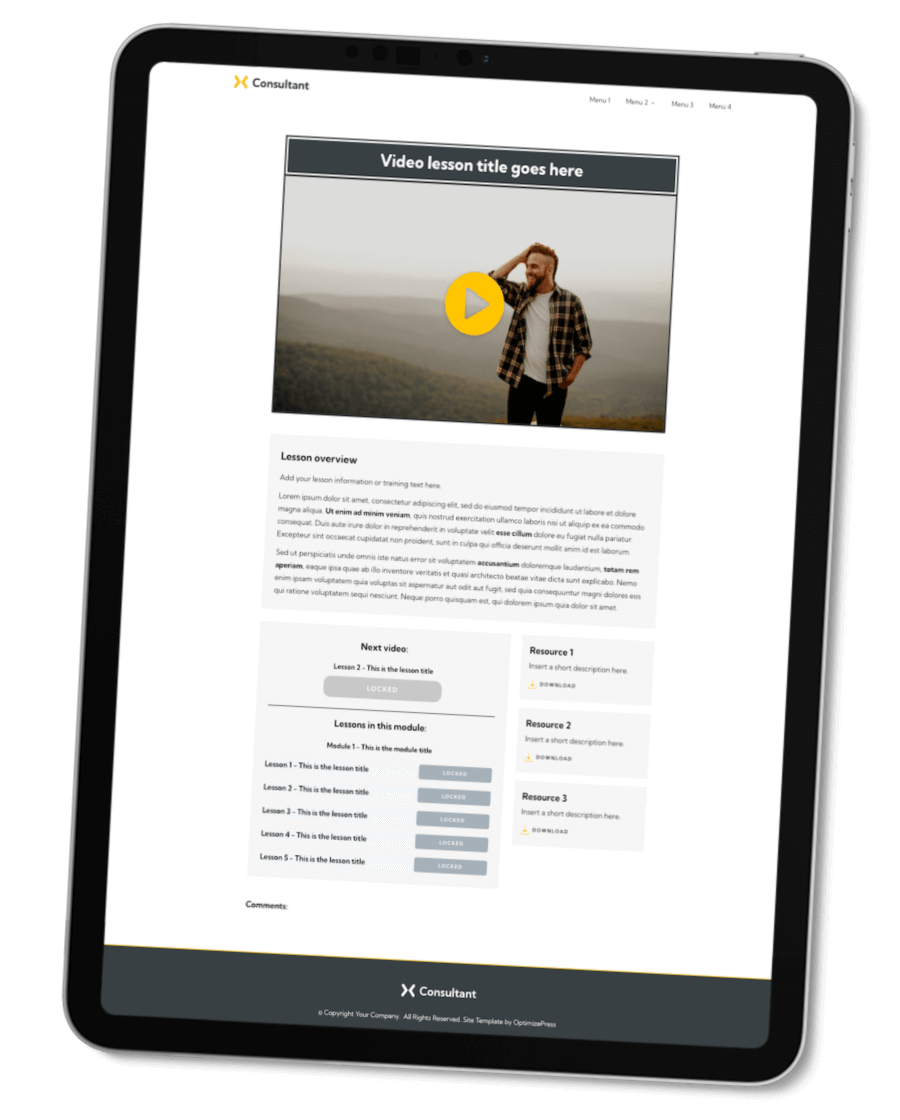6 Anxiety-Reducing Breathing Exercises You Should Know
During an emergency, an anxiety attack, or a high-stress situation, a person’s breathing pattern and rate changes. What happens is we start to breathe shallow, rapid breaths from the upper lungs, instead of deep calm breaths from the lower lungs. This leads to an increase in oxygen and a sudden decrease in carbon dioxide. When we are under physical exertion, this decrease is essential. However, under normal circumstances, hyperventilation discharges too much.
Changing your breathing pattern to stimulate the body’s parasympathetic response counters your body’s emergency response, and is a great way to reduce anxiety.
1. Calming Yourself Through Proper Breathing
Proper breathing, or abdominal breathing, is an excellent way to breathe all day long unless you are in vigorous physical activity. Proper breathing provides for adequate levels of oxygen intake and carbon dioxide exhalation.
- For starters, you can put one hand on your stomach and one hand on your chest.
- Slowly and gently inhale through your nose to fill your lower lungs. If done correctly, the hand on your stomach will rise because the belly rises, while your chest will remain still.)
- Exhale gently.
- Concentrate on filling your lower lungs.
- Continue this breathing pattern.
This breathing pattern may tire people who are not used to belly breathing. It will eventually get better with practice. Try doing this exercise three to four times a day for up to ten minutes per session. Daily practice will enable this technique to become automatic to you.
2. Deep Diaphragmatic Breathing
This technique is a way to control panicky heartbeat, vent hyperventilation, and impart a sense of physical comfort.
- Find a comfortable position for you. It can either be lying down or sitting up straight. You can also stand up.
- Through your nose, take a long, slow, and gentle breath that fills first your lower lungs and then your upper lungs.
- Hold your breath while counting up to three.
- After three, exhale slowly through your pursed lips. Simultaneously relax the muscles of your stomach, shoulders, and face, including your jaws.
Practice this technique for a few weeks at least ten times daily. Sneak it in during work breaks, before sleeping, and during idle times to familiarize yourself with the process. When you feel panic or anxiety building up, then you can use this as a calming tool.

3. Exhale More Than Inhaling
Taking a deep breath is more closely linked to the sympathetic nervous system, the body’s “fight-or-flight” response. On the other hand, exhaling is related to the parasympathetic nervous system, the one that relaxes and calms down our body.
- Exhale thoroughly before taking a huge, deep breath. Force the air out of your lungs before breathing in air.
- Then, spend a little more time exhaling than inhaling. For instance, if you will inhale for three seconds, then exhale for five.
- Do this for at least two to five minutes per session.
This exhalation tip can be done in any position, whether lying down, sitting down, or standing up.
4. Equal Breathing
This breathing exercise evolved from the practice of pranayama yoga. The term “equal breathing” is apt since this technique revolves around exhaling for the same length of time you are inhaling.
- Breathe normally while shutting your eyes. Take stock of the way you usually inhale and exhale.
- After that, inhale through your nose as you count to whatever length you want. For normal breathing, count up to four.
- Exhale for the same count you used to inhale.
- As you proceed with this, be mindful of how your lungs feel full and empty.
5. Alternate Nostril Breathing
Alternate nostril breathing or Nadi Shodhana is a cleansing practice that involves breathing in and out air through one nostril at a time. This type of breathing is a famous meditation or yoga technique.
- Sit down comfortably, open your chest, and lengthen your spine.
- Rest your left hand on your lap, and put the middle and pointer fingers of your other hand on the forehead between the eyebrows.
- With the thumb of the same hand, close the right nostril and inhale slowly from the left.
- Pinch your left nostril closed with the ring finger of the hand. Hold your breath for a moment.
- Remove the finger from your right nostril and exhale through the right. Wait for a moment before you begin inhaling again.
- Inhale with your right nostril.
- Pinch your nose closed one more time and pause.
- Open the left nostril and then exhale. Wait for a moment again before taking in air.
- Repeat this cycle for up to ten times, with each cycle lasting 30 to 40 seconds each.
6. Calming Counts
A cycle of a “calming count” takes longer to complete, and that is a good thing in ridding anxiety. You have to spend time completing this technique, taking your mind off your worrying thoughts. You will also give yourself more time to cool yourself down and quiet your thoughts.
- Find a comfortable sitting position and take a long, deep breath.
- Exhale it slowly, then close your eyes.
- Take ten natural breaths. Count each exhale starting from “ten” down to “one.”
- While breathing, take notice of any tension in your body, and imagine yourself loosening them.
- Open your eyes upon reaching “one.”
Conclusion
These breathing exercises can make you feel better by alleviating anxiety-related symptoms. Keep in mind, though, that breathing is affected in part by our thoughts, so make sure to also work on developing your mindset if this isn't an area you've invested time into. Apply for the Mindset Mastery to see if you're accepted into the 6-week self-paced program for direct support from us.


References:
https://www.healthline.com/health/breathing-exercises-for-anxiety#takeaway
https://www.anxieties.com/57/panic-step4
